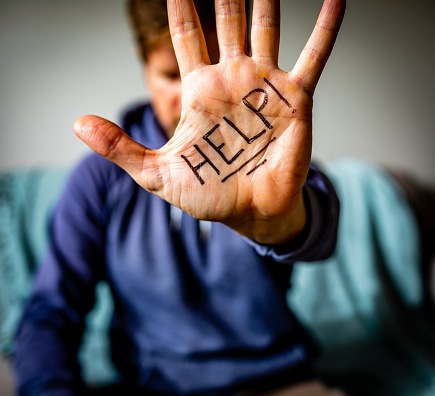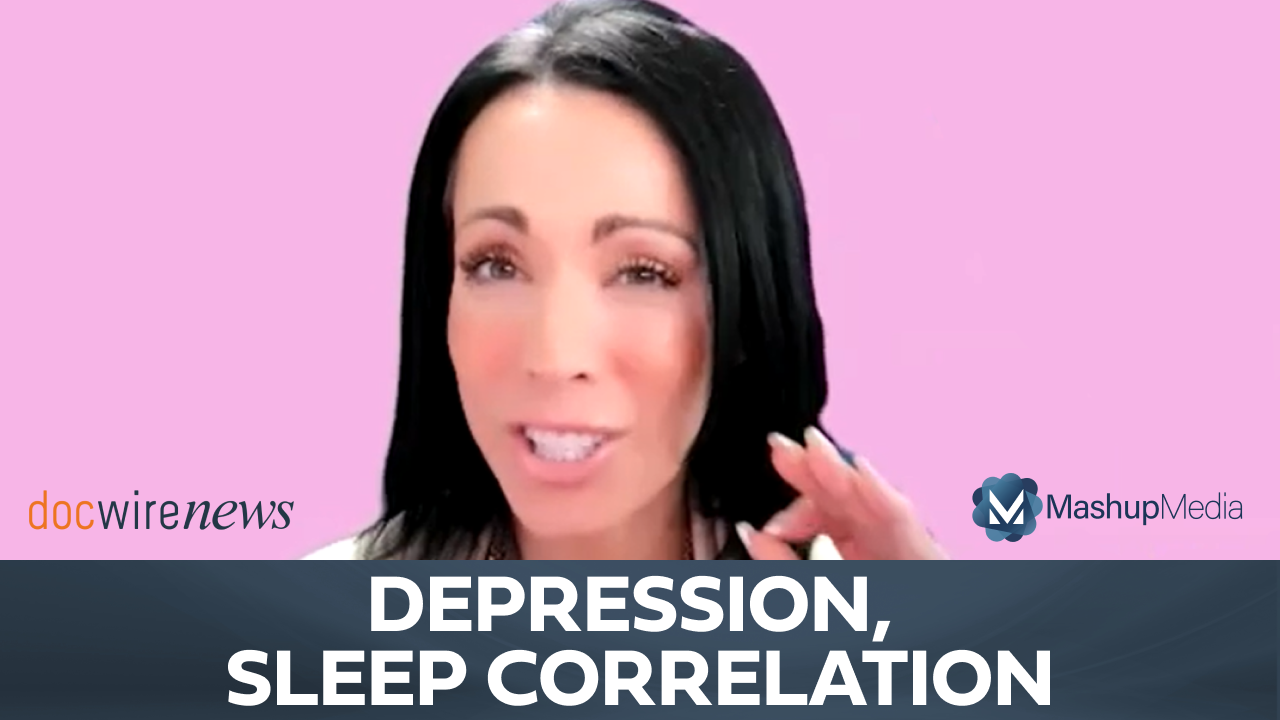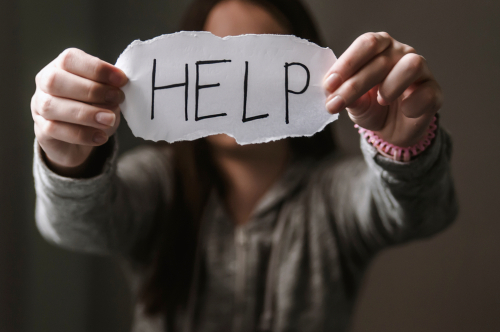
Suicide is a significant and often unaddressed public health problem in America – and it is getting worse. It currently stands as the tenth leading cause of death in the United States, with 48,344 instances reported in 2018 according to the U.S. Centers for Disease Control and Prevention (CDC). That number is up from 47,173 reported the year before. Alarmingly, the CDC reports that the rate of suicide has spiked by 35% since 1999. In fact, the CDC reported that from 2017 to 2018, death rates increased for only two of the top 10 leading causes of death in America: influenza and suicide.
As noted by the National Institute of Mental Health (NIMH), suicide does not discriminate by race, age, gender, or ethnicity. The main risk factors for suicide, according to the NIMH, include:
- A prior suicide attempt
- Depression and other mental health disorders
- Substance abuse disorder
- Family history of a mental health or substance abuse disorder
- Family history of suicide
- Family violence, including physical or sexual abuse
- Having guns or other firearms in the home
- Being between the ages of 15 and 24 years or over age 60
[do_widget id=mashup_multiwidget-28]
Although most people with these risks will not kill, or even attempt to kill themselves, the NIMH writes that, “the risk for suicidal behavior is complex. Research suggests that people who attempt suicide may react to events, think, and make decisions differently than those who do not attempt suicide. These differences happen more often if a person also has a disorder such as depression, substance abuse, anxiety, borderline personality disorder, and psychosis. Risk factors are important to keep in mind; however, someone who has warning signs of suicide may be in more danger and require immediate attention.”
So why is the rate of suicide especially high in the US? While there are a myriad reasons, several stand out.
Traumatic Stress
People who have incurred traumatic stress face an amplified risk of taking their lives, and this suicidal ideation often manifests years after the trauma has occurred. Such traumatic experiences include rape, childhood sexual abuse, or war trauma. A survey of nearly 6,000 US adults found that 22% of people who have been raped had attempted suicide at some point, while 23% of people who underwent physical assault attempted suicide. Also, people who had suffered multiple incidents of sexual abuse had an almost 43% increased risk of suicide attempt, and those who experienced physical assault had a 73.5% elevated risk of risk of trying to kill themselves. Similarly, that same survey found that people with a post-traumatic stress disorder (PTSD) diagnosis, which is linked to trauma, have a 27% higher chance of attempting to take their lives. In another large-scale study, researchers observed that 24% of military soldiers with PTSD experience suicidal thoughts.
Substance Abuse
Drug and alcohol use can influence suicidal thinking, and increases impulsive behavior, making people more likely to make rash decisions while intoxicated than when sober. Substance abuse also contributes to other factors linked to suicide, such as job and relationship loss. The link between substance abuse and suicide has been well studied. For instance, a review of minimum-age drinking laws among youths aged 18 to 20 uncovered that lower minimum-age drinking laws are correlated with higher rates of youth suicide. A similar finding was observed among adults, as revealed in a large study which showed suicidal thoughts are more often reported in persons with depression who also drink alcohol. Moreover, another study showed that people who attempt suicide are not only more likely to have a depressive disorder but are also more likely have drug and/or alcohol dependency. Furthermore, a study of non-traffic injury deaths linked to intoxication showed that over 20% were suicides.
Physical and Mental Illness
The risk of suicide is very high among people suffering chronic pain or illness, especially terminal illness. The NIMH referenced a study published in the American Journal of Preventative Medicine, which showed the following health conditions are linked to an increased risk of suicide.
- Asthma
- Back pain
- Brain injury
- Cancer
- Congestive heart failure
- Diabetes
- Epilepsy
- HIV/AIDS
- Heart disease
- High blood pressure
- Migraine
- Parkinson’s disease
Additionally, data show people with chronic pain are four times more likely to develop anxiety and depression, which are chief contributors to suicide.
Another significant factor for suicidal thoughts and actions is mental illness. A previous study found that one in six Americans takes a psychiatric drug, especially anxiety relievers, antidepressants, and antipsychotics. Moreover, one in three US adults are prescribed some sort of pain reliever, and physical pain augments suicide risk.
Fear of Being a Burden
Chronic pain and illness can lead people to feel like a burden to others. The constant time and attention required to take care of someone suffering from chronic pain or terminal illness is significant. The NIMH writes a “person with chronic pain or a terminal illness can also feel like a burden to others, as it becomes harder and harder to ask for yet another ride to the doctor’s office or more help with household duties or assistance paying for hospital bills. In fact, many people who decide to commit suicide often state that their loved ones or the world, in general, would be better off without them.”
Social Isolation
People become socially isolated for a plethora of reasons, especially now amid the coronavirus pandemic. These factors may include a move, the loss of loved one, social anxiety, mental illness, and job or relationship loss. Social isolation can also be caused by self-esteem issues. No matter the cause, isolation is associated with depression and substance abuse, therefore suicidal thoughts and actions. According to a paper published in journal Suicide & Life Threatening Behavior, “social isolation seems to be related to suicidal behaviors in a direct and fundamental way.”
A Sense of Hopelessness
According to NIMH, both short-term and long-term hopelessness is a key factor in suicide, and the findings of many studies corroborate this. People who feel like all hope is lost tend to overlook any good in their lives, and some, unfortunately, view taking their lives as the only reprieve. “While it might seem obvious to an outside observer that things will get better, people with depression may not be able to see this due to the pessimism and despair that go along with this illness,” the NIMH writes.
COVID-19
We’re now living in a new world. The “new normal” brought about by the COVID-19 pandemic has produced a litany of new stressors to the lives of all Americans, while impeding access to resources people have traditionally used for coping. Stay-at-home orders, social distancing measures, and massive job losses have created the perfect storm for a possible spike in suicides.
“Disrupted routines and the potential for contracting a life-threatening disease may be exacerbating preexisting problems such as mental illness or substance use. At the same time, physical distancing is endangering mental health even as it protects physical health. People in crisis may avoid hospitals, whether for fear of adding to the burden of already overwhelmed facilities or of catching the virus. Gun sales are up,” writes the American Psychological Association.
These intensified stressors may create a “perfect storm” when it comes to increasing the suicide rate, according Mark Reger, PhD, chief of psychology services at the VA Puget Sound Health Care System in Seattle and an associate professor of psychiatry and behavioral sciences at the University of Washington School of Medicine. However, Dr. Reger added that “suicide is preventable.” He said that “We must use what we know can work to mitigate the risk in this time.”
For more information on suicide, and all available treatment options, please visit the National Institute of Mental Health.







 © 2025 Mashup Media, LLC, a Formedics Property. All Rights Reserved.
© 2025 Mashup Media, LLC, a Formedics Property. All Rights Reserved.